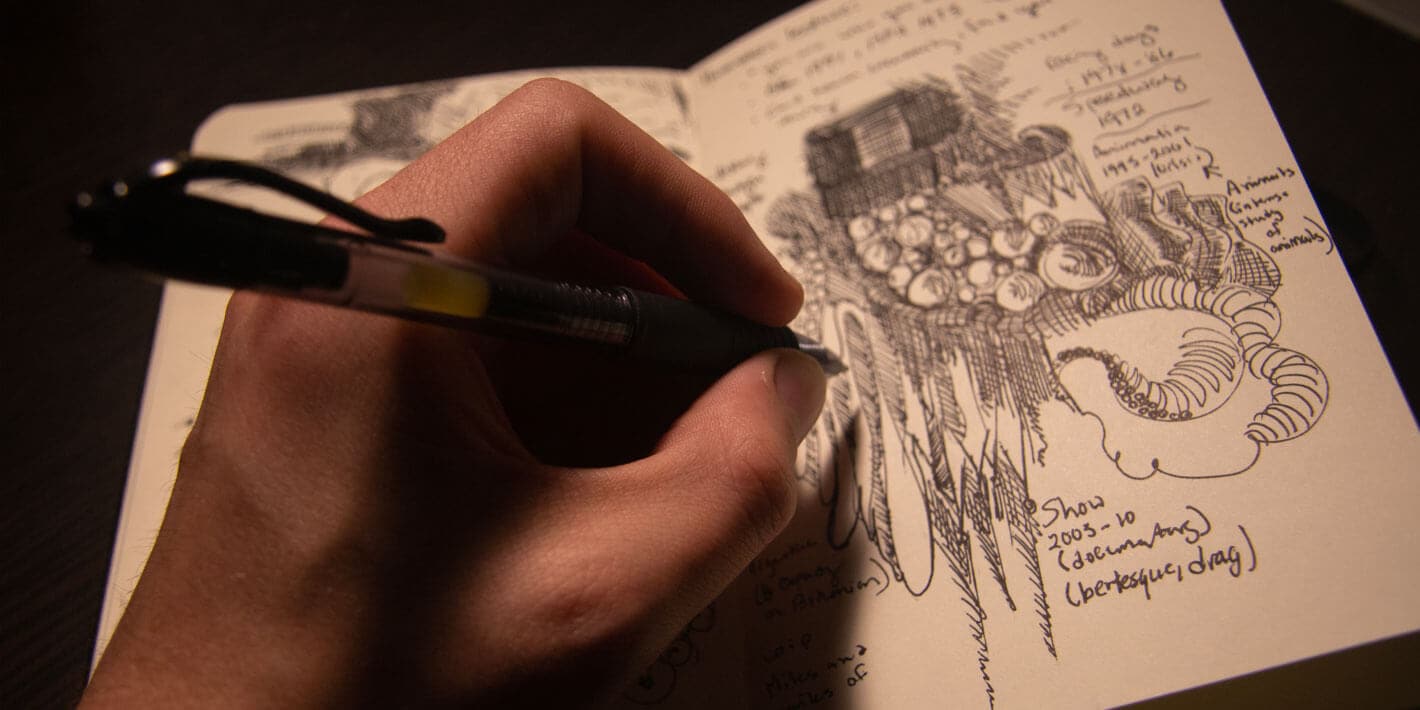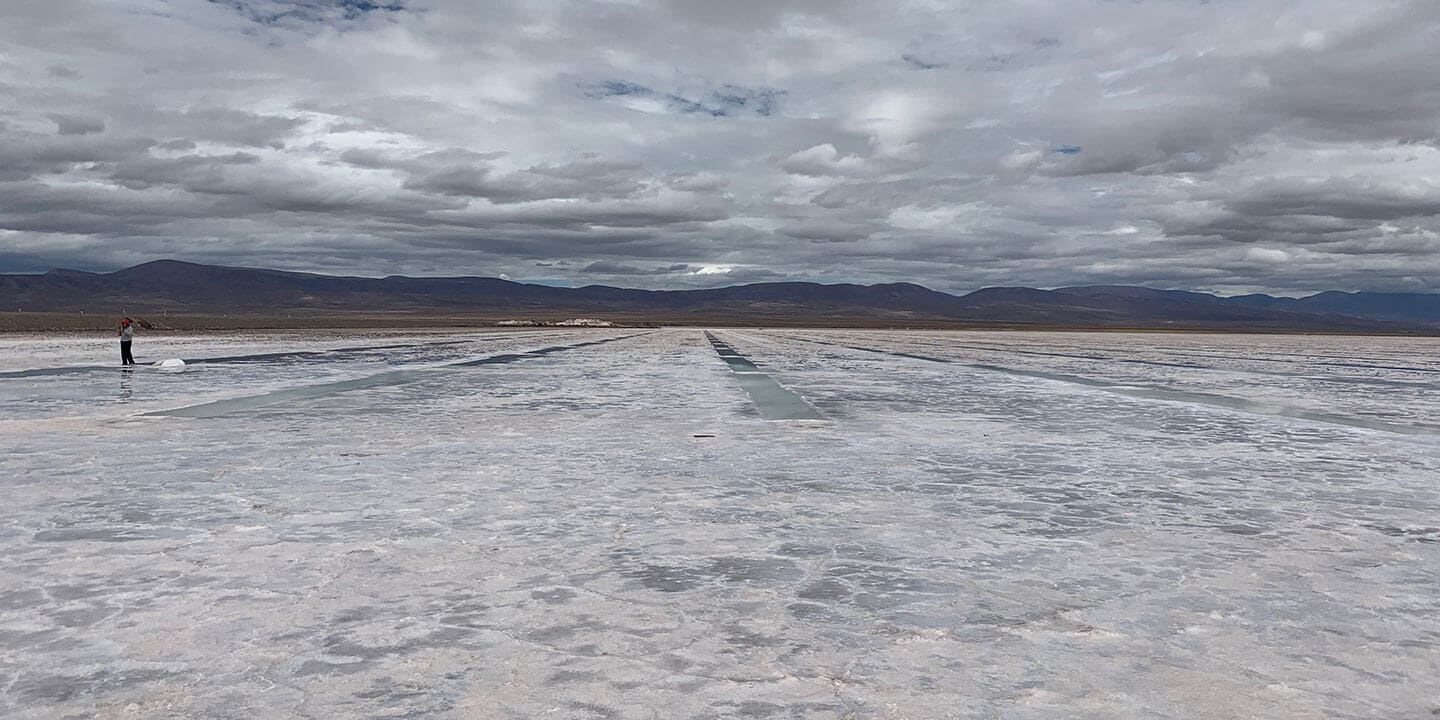
College Meal Hack: Korean Beef on a Budget
As a college student, it's important to find meals that are both affordable and delicious. That's why Korean Beef is one of my go-to meals. This dish is not only easy to make but also highly customizable to suit any taste preferences. Plus, it can be cooked in just one pan, making it perfect for students who have limited kitchen space, like me and my roommates.
To make this dish, you will need the following ingredients:
- 1 pound of ground beef
- 1/2 cup soy sauce
- 1/4 cup packed dark brown sugar
- 1/2 yellow onion, diced
- 1/2 teaspoon minced ginger
- 3 cloves of garlic, minced
- 1/2 teaspoon crushed red pepper flakes
- 1 tablespoon sesame oil
- 1 bag of frozen vegetable fried rice
Instructions:
- In a small bowl, mix together the soy sauce, brown sugar, onion, ginger, garlic, and red pepper flakes.
- Heat a skillet over medium-high heat and cook the ground beef with the sesame oil until it's well done.
- Pour the soy sauce mixture over the meat and combine it well. Let it simmer for a few minutes.
- Add the vegetable fried rice (I like Trader Joe’s brand) to the skillet and let it simmer until the soy sauce mixture is fully absorbed.
The best part about this recipe is that you can customize it to your liking. For instance, if you’re not a fan of ginger, you can simply leave it out. Or if you love spice, like me, you can add more than the recommended amount of crushed red pepper flakes. You can also incorporate frozen broccoli to add some extra veggies to the dish. Frozen broccoli is a great option since it doesn't go bad quickly and steams well with the rest of the meal absorbing the sauce’s flavor. If you’re interested in boosting the dish’s protein content, you can scramble an egg into it or top it with a fried egg. This will not only add extra protein but also a delicious flavor.
This meal requires only a few ingredients but is incredibly delicious. It balances sweet and salty flavors perfectly, creating a dish that's almost addicting. Even when I'm no longer a college student, I can see myself making this dish as a quick and affordable option that tastes restaurant-quality. Enjoy!
Do you have a compelling story or student success tips you’d like to see published on the Pearson Students blog? If you are a college student and interested in writing for us – click here to pitch your idea and get started!







